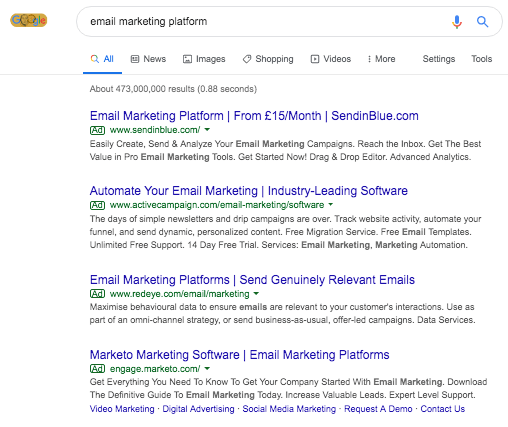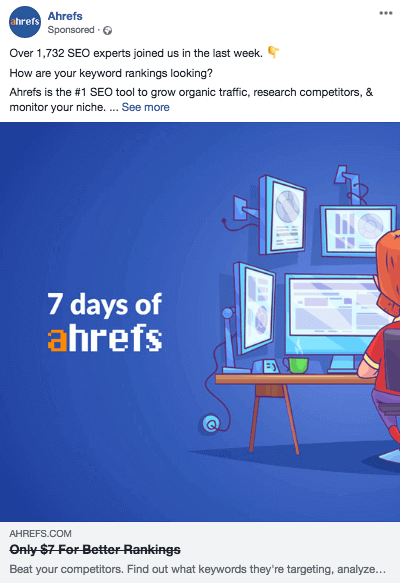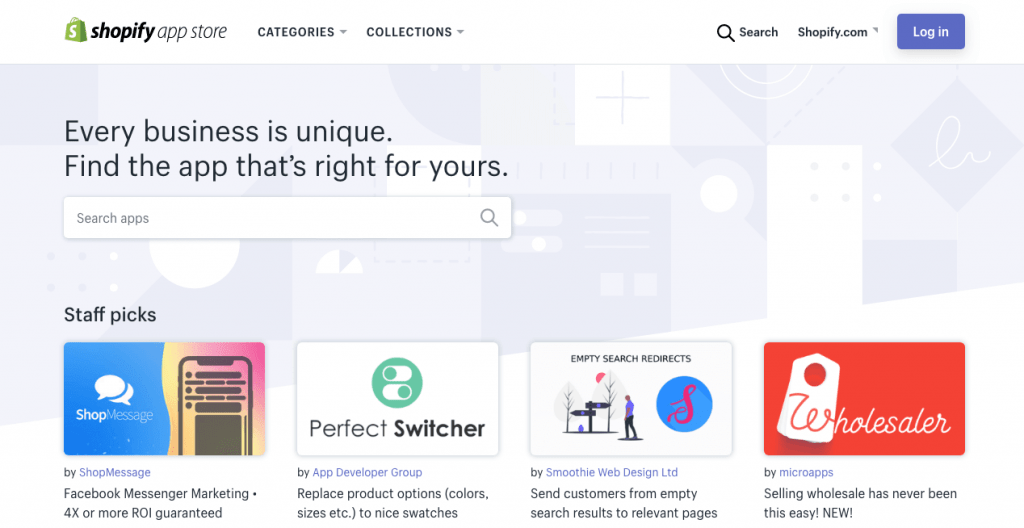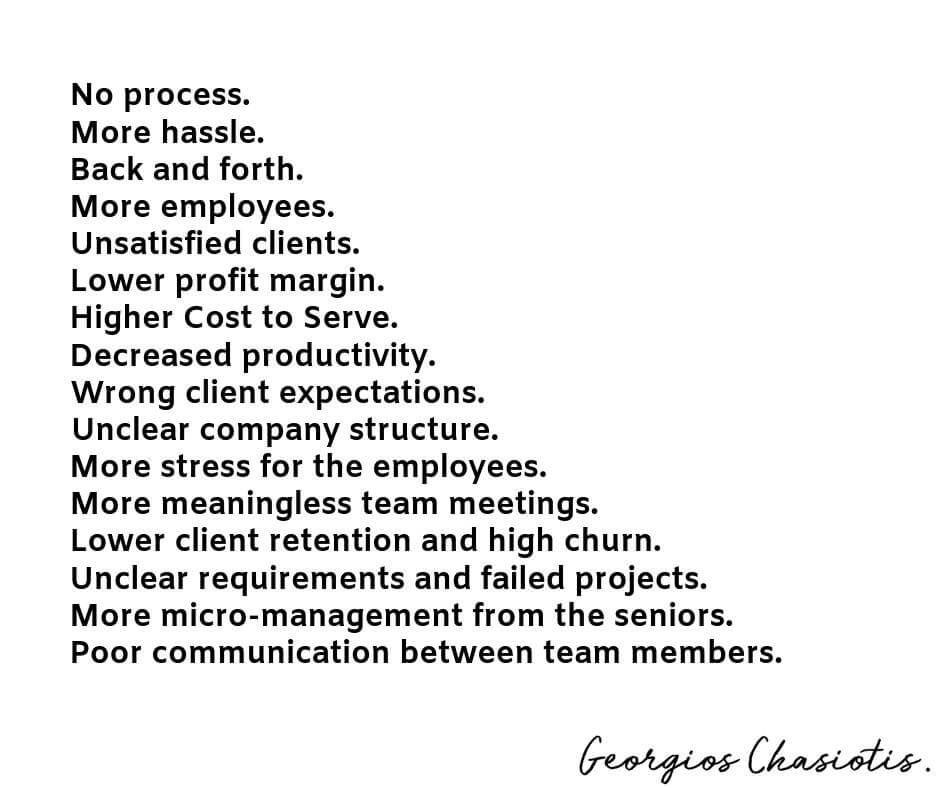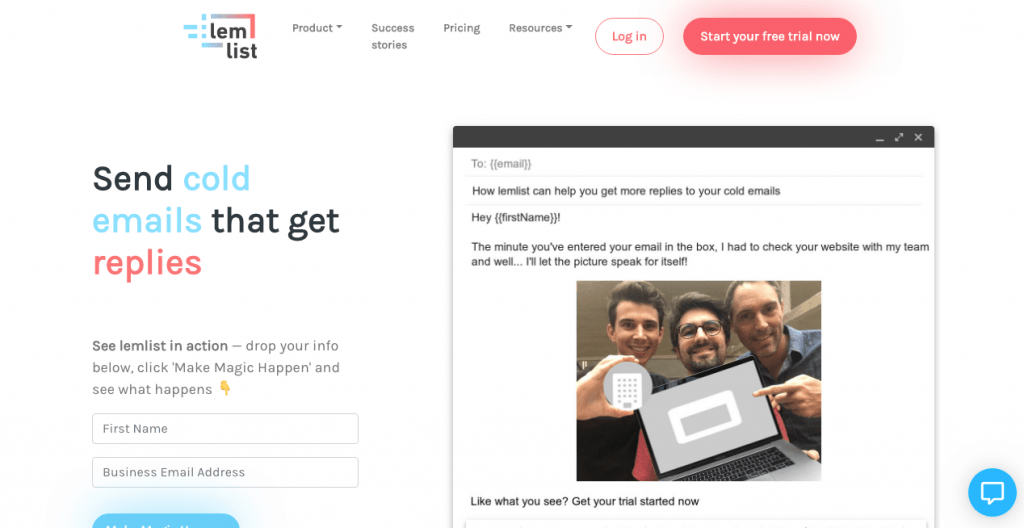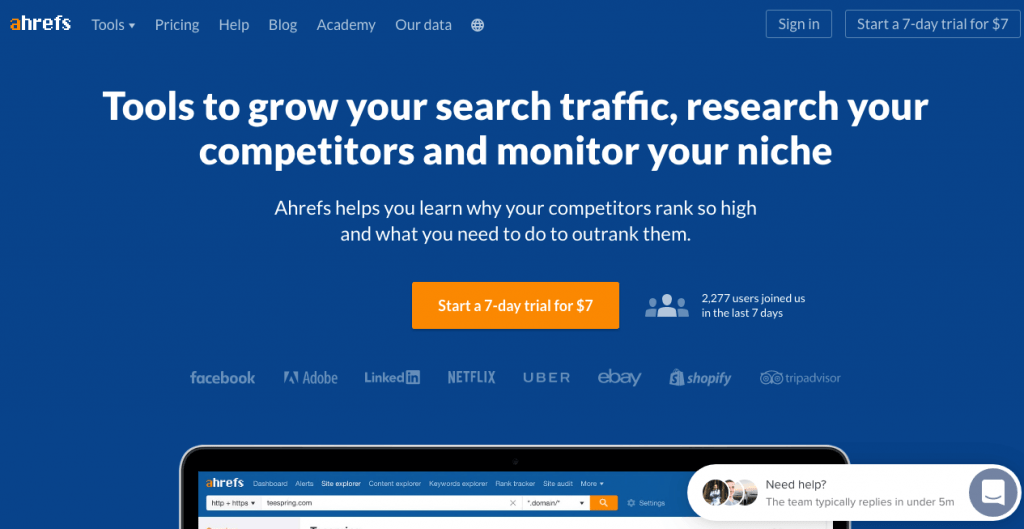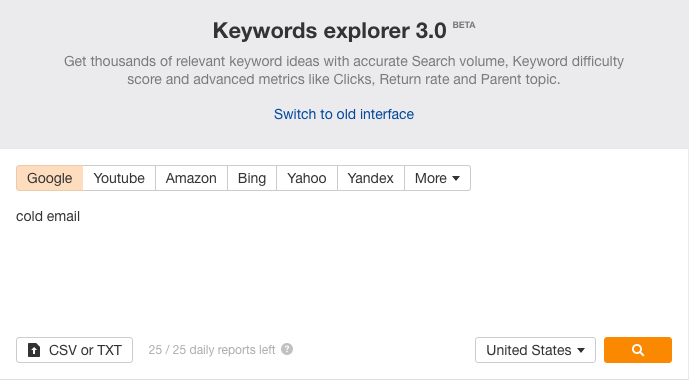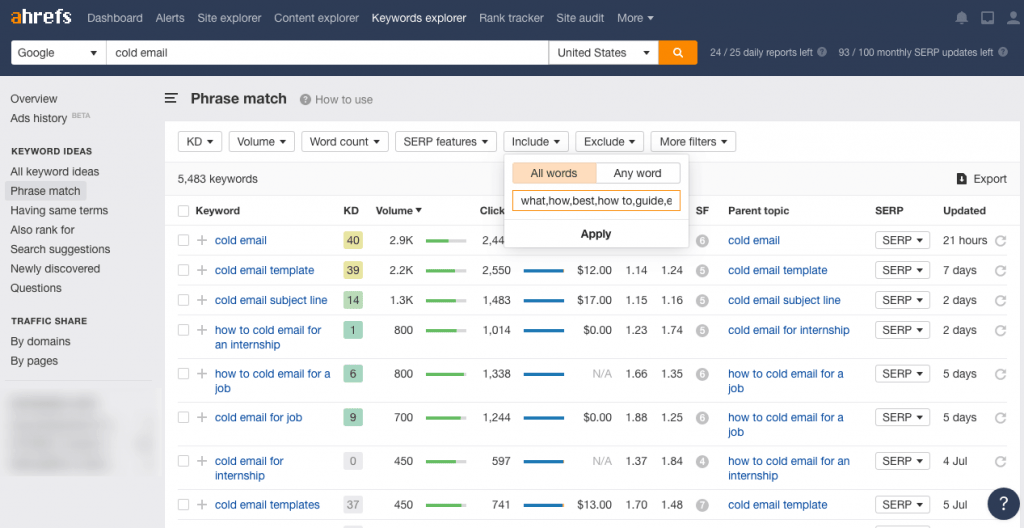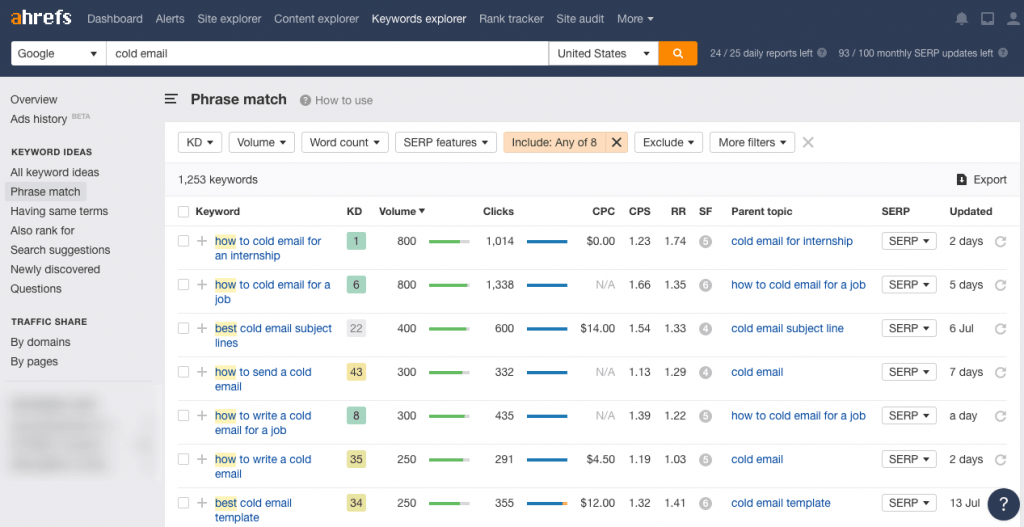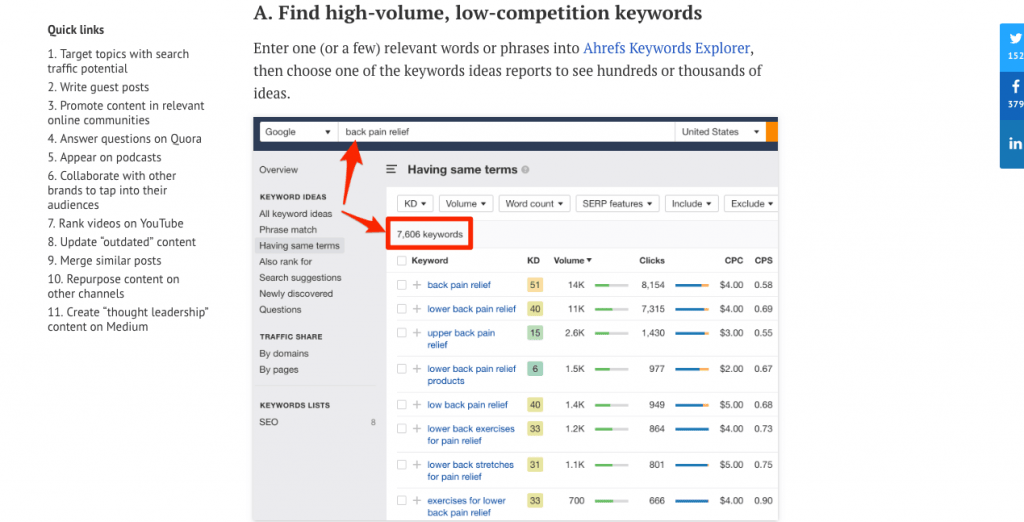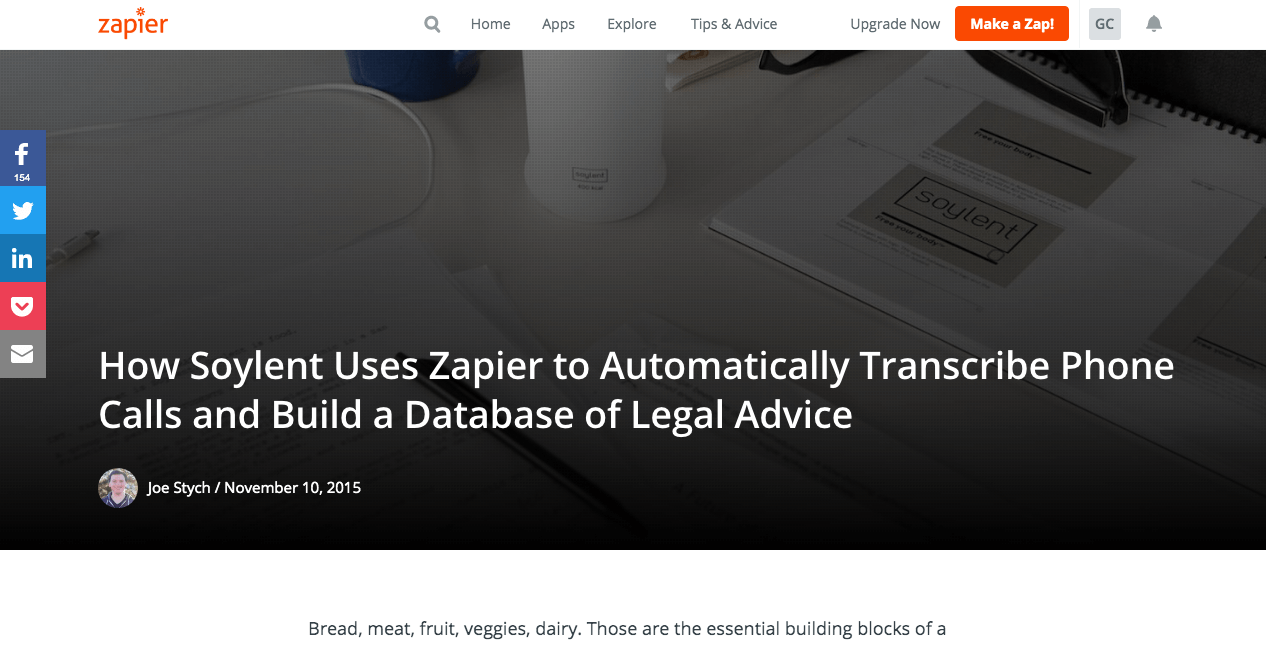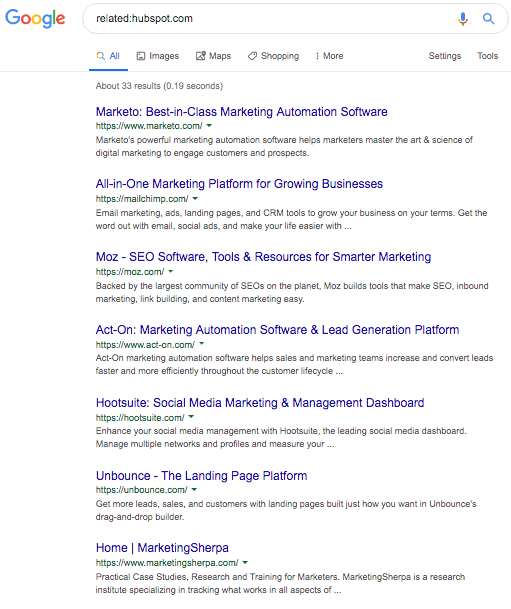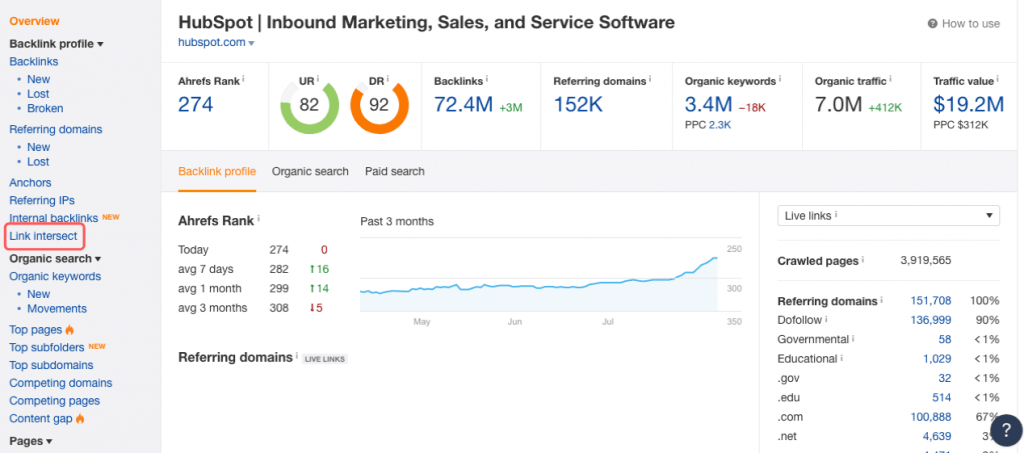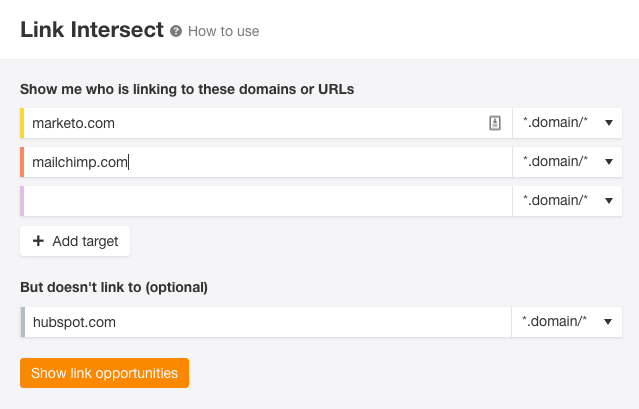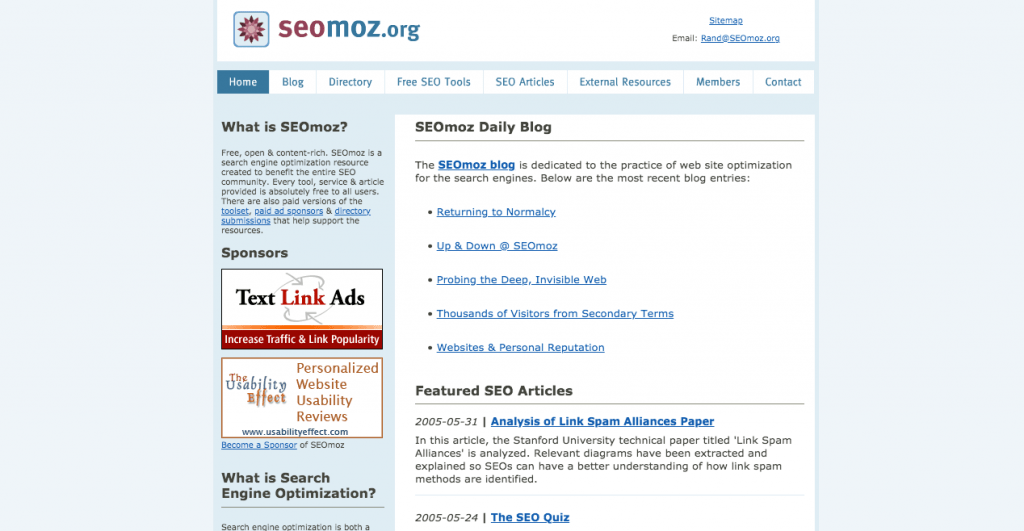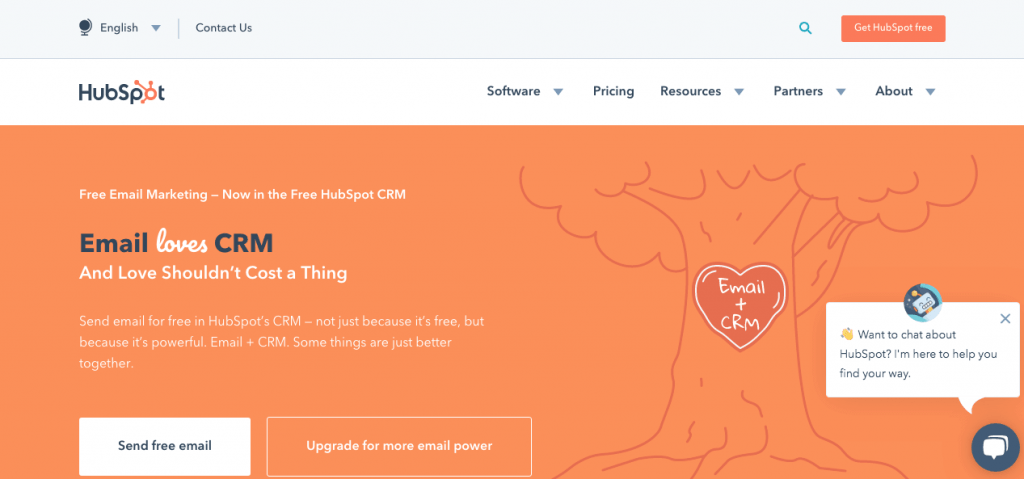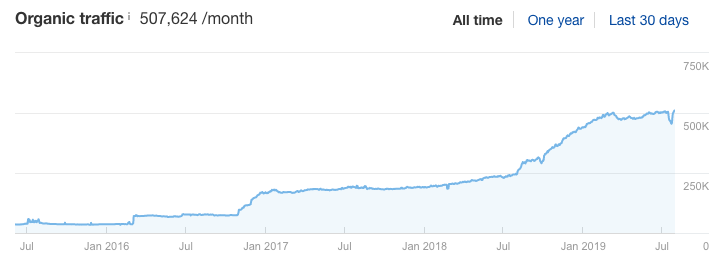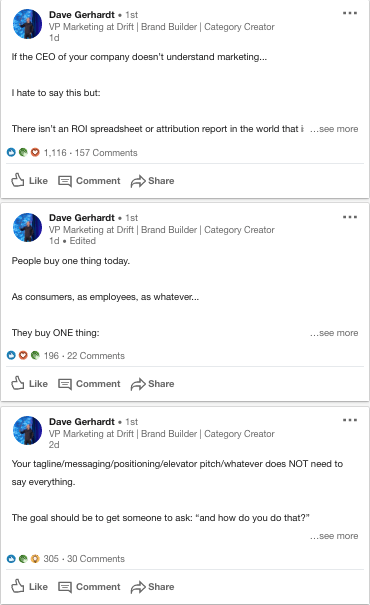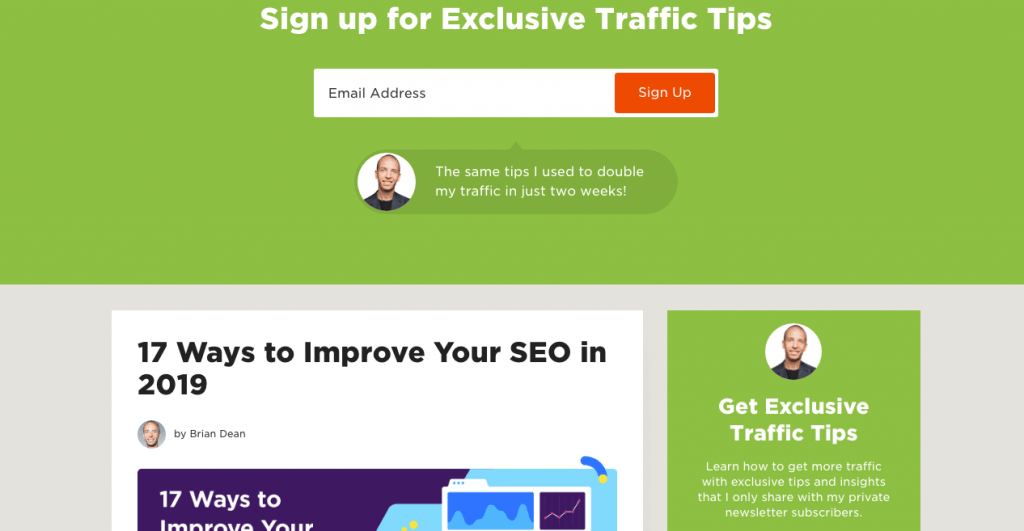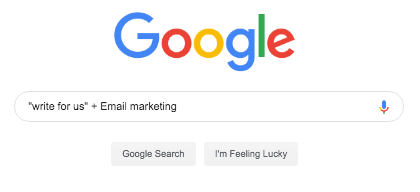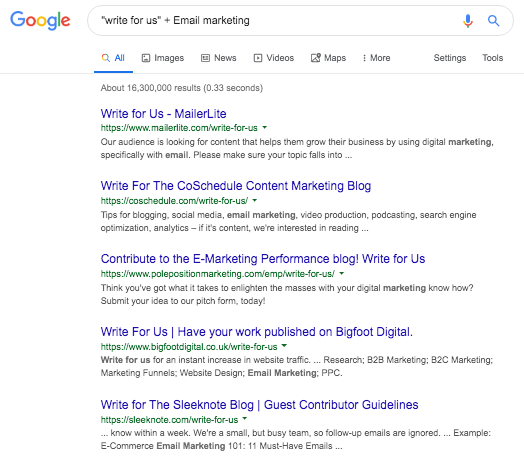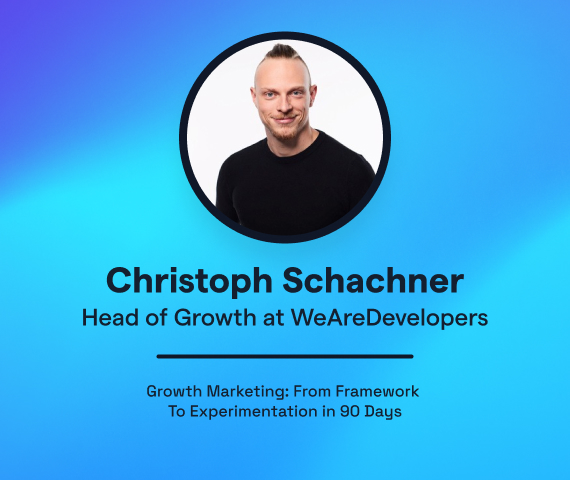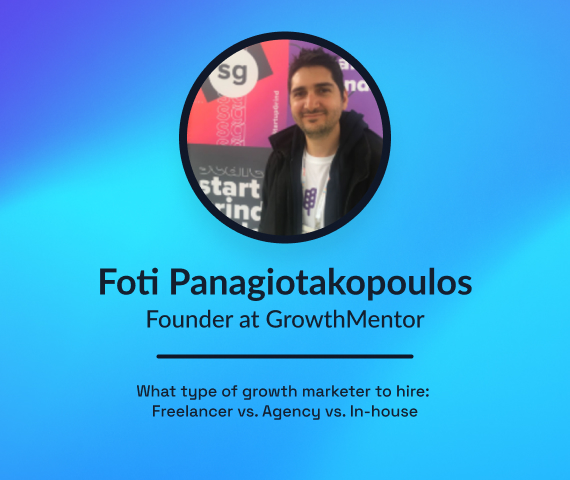How SaaS Startups Can Use Content & SEO to Get Initial Traction
There isn’t a secret formula to get those first users at your door, especially at a time when the cost of acquisition is rising AND most channels have (already) become saturated.
So what is the best option here? And, what is it that makes content and SEO your best ways to get initial traction for your SaaS.
Stick with me, and I’ll try to answer all your questions.
Your Options for Initial Traction
As I mentioned in the intro, the cost of acquisition is steadily rising.
Does that make content your best option?
Not necessarily.
However, it makes both content and SEO affordable alternatives related to options like:
- Paid advertising (i.e. social and search ads)
- Referral marketing
- Partnerships
- Direct sales
Before diving into how you can get initial traction through content and SEO, I’d like to present some pros and cons.
This way, you’ll be able to take a more meaningful decision after you read this post.
Paid advertising (i.e. social and search ads)
From all the four options that I’ll cover in this chapter, this may be the only one that could help you get actual results.
There is one caveat here though: People have become “allergic” to online ads.
Maybe it’s because marketers and online advertisers have overdone it the past few years.
Or maybe because there isn’t real creativity anymore, and thus most ads are simply not effective.
No matter the reason, acquiring new users through online advertising is not easy.
Let me give you three reasons:
Big brands dominate most keywords with commercial value
Try to type something like “Email marketing platform” on Google search, and you’ll see that big brands like Marketo and ActiveCampaign advertise for these terms:
This doesn’t mean that you can find gaps and opportunities you can cover with your keywords, but it’s definitely not easy to overbid companies with millions of dollars in annual revenue.
Social ads are great for retargeting (but not for acquisition)
Even though search ads focus on the search query—the question or need that the searcher has, social ads are trying to generate interest instead.
This is expensive and increases the length of the sales cycle.
On the other hand, social ads are great for retargeting purposes.
For example, take a look at this great ad by Ahrefs:
It is highly relevant, simple, and can be genuinely useful.
Author’s Note: This ad was displayed to me on Facebook after I’ve visited Ahrefs’ blog, even though I am a user of Ahrefs.
To achieve that, you have to get users on your blog or website (in general) in the first place.
As you can imagine, the best way to do that is through relevant and valuable content.
Most TOFU (Top of the Funnel) keywords are informational and not commercial
To get users at your door, you’ll need to rank for more informational keywords.
Simply put, Top of the Funnel (TOFU) content is what usually makes users come at your website in the first place.
This means that you can’t—and shouldn’t—run ads for informational keywords.
To give you an example, the keyword…
… Is an informational keyword that you can satisfy through content and not through ads that lead to a landing page.
Author’s Note: If you want to learn more about search intent, you might want to check this guide on search intent I wrote a while back.
Thus, online ads, even though effective, have some severe limitations, especially for an early-stage SaaS that wants to bring in new users to try out its product.
Referral marketing
Referrals and referral marketing is a great way to grow your business.
A common mistake here is that most SaaS companies falsely believe that:
Referral marketing = Affiliate marketing
That is far from the truth.
The fact that you are paying someone to refer your product or service doesn’t mean that you’ve managed to build virality in your product.
Moreover, when hearing the word referral marketing, most SaaS founders and marketers believe that they can replicate growth similar to Robinhood:
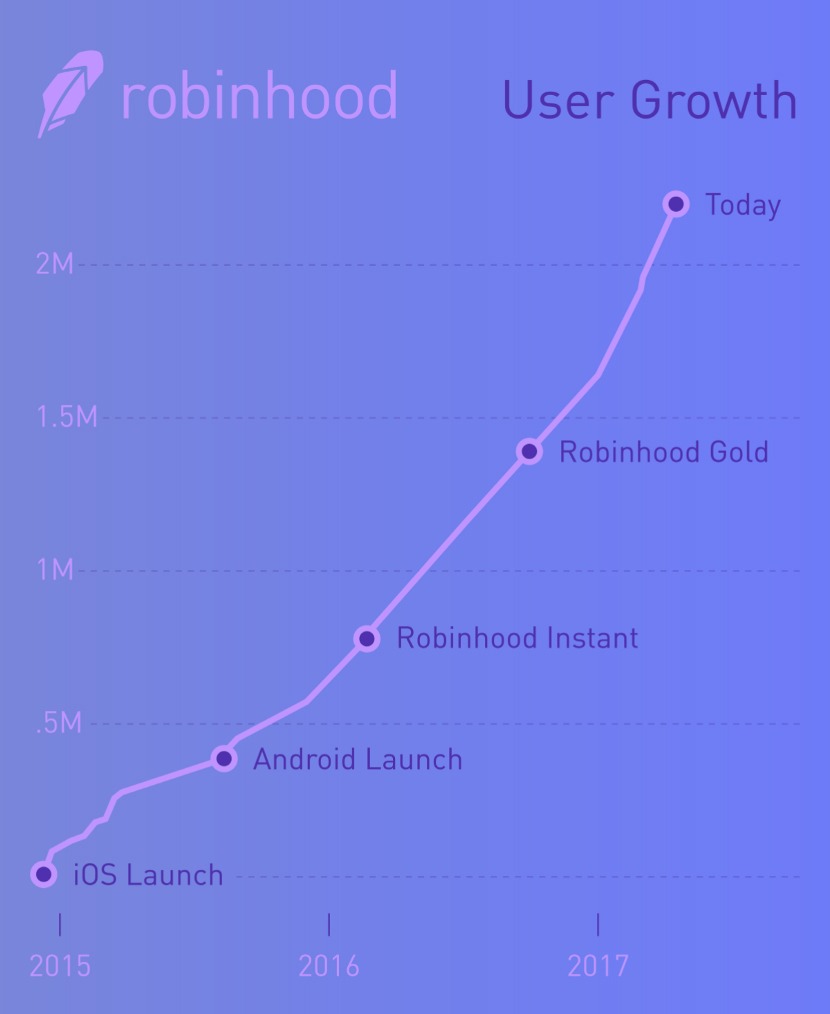
But, the fact that these case studies are so popular is because they are rare.
My suggestion is this:
Create a product that is so good that everyone would like to refer it to others. Don’t count on virality though to get new users, especially if you are a pro-PMF company.
Partnerships
This is the third option of acquiring new users.
If you think about it, for a new SaaS that has nothing to lose, a new partnership could be a considerable lever growth.
However, if you’ve ever tried to partner up with established SaaS companies, you may have noticed that most of them are not going to pay attention to your young early-stage startup.
It’s not a matter of PR, neither a matter of trust—it’s just that…
- Partnerships take time, and established businesses don’t want to spend their time for something that won’t have a significant impact on their growth
- Established companies want to partner up with other, equally popular companies—simply put, they want to do business with popular names
- Heads of partnerships in such companies always care about the outcome of a partnership in the short-term, which means that if you don’t have a big user base or a massive social following, they most likely won’t pay attention
Let me give you an example.
Let’s assume that you have a new Shopify app that you’ve just launched on the Shopify App Store:
And that you are looking to establish some key partnerships with some of the App Store’s biggest Apps.
Do you know what the first thing they’ll ask you when you’ll reach out to them is?
Probably a question about your user base or about other assets you may have (i.e. Email list).
But, how can you have a user base, when you’ve just started out?
Well, this is why partnerships are great, but may not the best option if you are trying to get some initial traction.
Let’s move on to the last option.
Direct sales
If you’ve ever made direct sales, then you’ll know that selling to people is hard.
I am not saying that it’s impossible; I am just saying that selling is not easy.
Also, and more importantly, sales are not scalable.
They may be effective during the first stages of a SaaS lifecycle, but they definitely can’t help you find a product-market fit and start growing.
Moreover, setting up a sales process and managing a sales team is truly challenging.
If you don’t have a transparent process that everyone can follow, then you may find yourself in a tough position.
Thus, sales can help in the first six months or maybe one year—usually when the founder and CEO is the person who is doing it—but they definitely can’t help you in the long-term.
So, if those four options we just saw are…
- Expensive
- Not scalable
- Hard to achieve
- Hard to manage and process-ize
… Then what can you do to move the needle?
You can start focusing on content and SEO.
The Importance of Content & SEO
Ask a growth mentor when you should invest in Content & SEO, and you will get an answer like this: You can invest in these strategies ONLY after you find product-market fit.
At first, there is nothing wrong with this answer.
However, if you consider the fact that most SaaS startups may never get to a product-market fit, then you understand that there is definitely something wrong with this statement.
Now, go and ask a content marketer the same question.
This time, you will get a question like this:
You have to invest in content marketing since day one.
Even though these two statements are far different from each other, I must say that I am closer to the second one.
As you will see in the next chapter, many SaaS businesses have managed to validate their product idea and get initial traction through content.
But, why is it that content is so important when it comes to kickstarting a startup’s growth?
Let me give you four reasons.
Content allows you to generate awareness about your product
Let’s face it: In the beginning, what every SaaS wants is to get new users at its door—users who will be willing to test the product and give feedback based on their experience.
How to get these people interested in just trying your product, though?
It’s simple; you need to add value to their lives.
And, one of the best ways to add value is by answering the questions you know they have.
Let’s take Lemlist, the new cold Email outreach platform that allows you to send highly personalized Emails to prospects.
Now let’s assume that Lemlist wants to invest in a content and SEO strategy, to build assets and traffic for the long-term.
How could it get things started?
For starters, it should make a list of target keywords—for example:
- Cold Email
- Email outreach
- Followup Email
- Cold Email template
- Sales Email
Then, it should search for Top of the Funnel (TOFU) opportunities for these target keywords.
The way to do that is simple:
Use a keyword research tool like Ahrefs
Head over to Keyword Explorer and insert the keywords one by one
Filter results using search intent modifiers to discover opportunities for TOFU content
Discover content opportunities and start creating content around them
The more the modifiers you will filter the results by, the more the content ideas you’ll get for your next pieces.
What I wanted to show you through this easy-to-use process, is that identifying content gaps is relatively easy.
These content gaps can be an excellent opportunity for you to fill your top line when you are just starting out.
Content allows you to educate users on how to use your product
Here is another crucial reason why you should consider content for your SaaS.
One of the best examples of this strategy is Ahrefs.
The popular SEO tool is only publishing posts that educate their user base around their product.
For example, take a look at their 11 Proven Ways to Drive Traffic to Your Website post, where they are trying to educate users on how to drive traffic to their website.
This is how pretty much every blog post published by Ahrefs looks like.
In fact, Ahrefs prioritizes their next content pieces based on three factors, one of which is how possible it is to mention their tool into the post.
The benefit here is twofold:
- They educate their users
- They demonstrate the value of their product
The second point is another reason why you should be creating content early on.
Content allows you to demonstrate the value of your product
Have you ever heard of Zapier?
Zapier is a tool that allows you to automate workflows and connect the apps you are using daily.
If you visit Zapier’s blog, you’ll find many stories of companies that have managed to save…
- Money
- Time
- Resources
… By automating their workflows through Zapier.
Here is an example of a company called Soylent, that managed to
Is there a better way to demonstrate the value of your product and get users interested in what you are offering?
You can note a “NO” in that column.
Let’s move on to the last reason why you should be using content for your SaaS startup.
Content helps you get closer to other tech companies and reach new audiences
In the previous chapter, I mentioned how difficult it is to start partnerships with more prominent companies that could (potentially) help you grow.
I’ve seen it time and time again for our clients:
Things can start from a simple content swap (more on that later) and can turn into something much bigger.
To be clear: I am NOT saying that if you are going to arrange a content swap or some co-marketing activities with a bigger company, that will ultimately lead to an integration or partnership.
However, content can always be a great opportunity to start a new relationship.
Many companies are looking for ways to reach new audiences.
Content is a great way to achieve that.
Let me show you a quick way to do that.
Author’s Note: To use this tactic, you will need an active account on Ahrefs.
Head over to Google and insert your website using the following operator:
related:website.com
For example:
You will get a list of related websites (according to Google):
Make a list of the ones that are indeed relevant to what you are doing and head over to Ahrefs Site Explorer:
In the Overview report, click on Link Intersect:
Insert your top competitors and discover websites that link back to them but not to you:
When you have a list of such websites, you can reach out to them for content partnerships or just to ask a mention in the websites or blog posts.
This is just one of the tactics you can use to discover potential partners.
The point that I am trying to make is that if you do research, you will be able to discover opportunities that could really expose your product to new—and highly relevant—audiences.
How to Get Initial Traction With Content & What to Pay Attention to
As I hope it is evident by now, content is critical when it comes to getting initial traction for SaaS startups.
Many of today’s biggest tech companies had used content as a way to get traction, long before they used any other tactics.
For example, did you know that MOZ—the popular SEO software founded by Rand Fishkin—started as a community for SEO professionals to learn more about SEO?
Here is how the community‘s website—which back then existed in the seomoz.org domain—looked like back in 2005:
This blog was enough for Rand and his back then small team to validate their product idea and slowly turn their consulting business to a SaaS.
But, MOZ is not the only example here. Did you know that Hubspot—a leading marketing and CRM software—started as a blog?
That’s right, Hubspot didn’t start as a software, but as a blog that discussed all things inbound.
It was only after a while that Hubspot founders, Dharmesh Shah, and Brian Halligan, decided to build software around their blog.
You may debate me here and say,“Yes, but these guys were the first ones who did it and, as you already know, when it comes to the internet, early adopters will always win.”
Ok, so let’s see one more example, that is more recent than the ones I’ve already shared with you.
The first one is Ahrefs, an SEO tool I’ve mentioned several times here.
Ahrefs has managed to grow to $40M ARR with 65% YoY growth…
… By avoiding conventional startup tactics and focusing on delivering value through content.
Here is how the website’s traffic is growing over time:
These two graphs paint a clear picture:
As the traffic in Ahrefs’ blog grows, so as the ARR of the company.
Author’s Note: ARR stands for Annual Recurring Revenue. Subscription-based companies have recurring revenue because of the nature of their business model. For most SaaS companies, ARR and MRR (Monthly Recurring Revenue) are considered key metrics in the company’s growth.
Simply put: the blog traffic and the ARR go hand in hand.
Now that I’ve managed to convince you on the importance of content and SEO to get not only initial traction but also long-term results, let’s see some things you need to pay attention to when investing in content:
Find a trusted source of high-quality content
One of the things you need to pay attention to when deciding to invest in content is to find a trusted source of high-quality content.
Most clients coming to us report one (or some) of the following issues regarding the previous content agency they’ve worked with:
- The quality of the content was poor and didn’t make any difference
- The agency wasn’t familiar with their product and thus the content was often irrelevant
- The content didn’t help the company’s bottom line
- The content created didn’t improve rankings for commercial keywords
I believe that most of these claims can be real.
You see, when it comes to content and SEO, finding a trusted source of high-quality content can be really challenging.
Besides outsourcing the content creation and SEO work for your SaaS, you can hire someone to do it in-house.
There is a common pitfall here though.
Most SaaS founders hire talent, believing that the people they will bring in can be good at several skills, like:
- Content strategy
- Content writing
- Technical optimization
- Link building
- Content amplification
- Graphic design for custom graphs
Do you really think that a person can be good at all these skills?
In my experience, if there is such a person, she/he won’t stay long with you…
So, set realistic expectations and come up with a strategy that will benefit you both in the short-term and the long-term.
Use your team members as brand advocates
This is one of the biggest mistakes SaaS businesses do with their content strategy.
There isn’t a better person to communicate your brand’s message than your own employees.
Yet, most companies’ employees stay silent, while some in-house intern or agency is trying to amplify the company’s content through social media.
A company that is great at amplifying its content on social media and using employees as brand advocates is Drift.
Here are some LinkedIn updates from Drift’s VP of Marketing, Dave Gerhardt:
If you are wondering if this strategy works, Drift now has more than 150,000 users worldwide.
So my advice here is this: get your team involved in the process, ask them to share things they’ve learned working with your users, solving product problems, and acquiring new users.
It’s one of the best things you can do to boost your content efforts.
Focus on quality, not quantity
Even though many content creators claim that posting more is better, I am on the opposite side.
I believe that posting less is better for your business.
Posting more means two things:
- That you have to make compromises on quality
- That you have to spend more for your content efforts
For example, Brian Dean, the person behind the infamous website Backlinko.com, has less than 20 blog posts published on his website to date (excluding his SEO and YouTube):
And, just 26 videos published on his YouTube account:
But, can this be effective?
Well, with over 580K monthly visitors on his blog and more than 234K subscribers on his YouTube channel, this strategy must be working.
Thus, you need to pay attention to the quality of your content and not try to publish as often as possible.
At least when it comes to your blog.
Let’s move on to point No.4.
Arrange content swaps and co-marketing activities
One of the best ways to get visibility without having to spend a fortune is by arranging content swaps and co-marketing activities.
However, there is one caveat here: Don’t focus on co-marketing activities with established SaaS, rather than try to run co-marketing activities with companies at your size.
As I mentioned earlier, trying to partner up with big companies won’t get you anywhere.
What you should do is look for companies that are almost at your size and try to run co-marketing activities with them.
Why? Let me give you three reasons:
- They want to grow (just like you)
- They have nothing to lose (just like you)
- They desperately need to reach new audiences (just like you)
Something important here: Try to find companies that offer something supplementary to you.
For example, if you have a product that offers heatmaps, arrange a content swap with an A/B testing tool.
In other words, find relevancy points that will make the whole thing more appealing to both sides.
Be open to guest posts—content and SEO is not always about you
I see many companies that publish content only on their blog.
That’s a big mistake. Content and SEO are not always about you.
Try to find relevant blogs that accept guest posts and pitch them your content ideas.
Like in point No.5, if you can find SaaS with supplementary products, that would be great.
Here is how to do that. Insert the following operator on Google: “write for us” + keyword
For example:
Scan through the results and find the ones that are relevant and could add value to your business:
Then, you can reach out to the website owners with a personalized message, asking them to contribute to their blog.
Remember: content marketing is not always about you; try to add value, and you’ll get value in return.
Spend 20% of your time creating and 80% promoting
I’ll keep this one short.
If creating content is 20% of the process, then promoting this content is 80%.
To get actual results from your content efforts, you need to promote your content.
Having said that, you can’t just hit the publish button and hope for the best.
Promote your content like there is no tomorrow, and you’ll actually see some traction for your SaaS.
Wrapping This Up
As I hope it is evident by now, getting there are no secret recipes for getting traction for your SaaS.
However, this doesn’t mean that you can’t make a difference.
The problem is that most SaaS founders are so obsessed with the product, that they hardly see anything else.
Don’t get me wrong; the quality of your product is important.
And, the experiences you create through your product are significant—these experiences will either make or break your growth.
But, for someone to experience the value of your product, they have to see the perceived value first.
Get them at your door and let the product do the rest.
The best way to achieve that is through content.
The results I shared with you prove that simple point:
SaaS businesses can (and should) use Content & SEO to attract users that would want to experience the product, based on the perceived value they have for it.
I hope that this blog post will help you streamline the process of creating meaningful content for your target audience and get the initial traction that you are craving.
